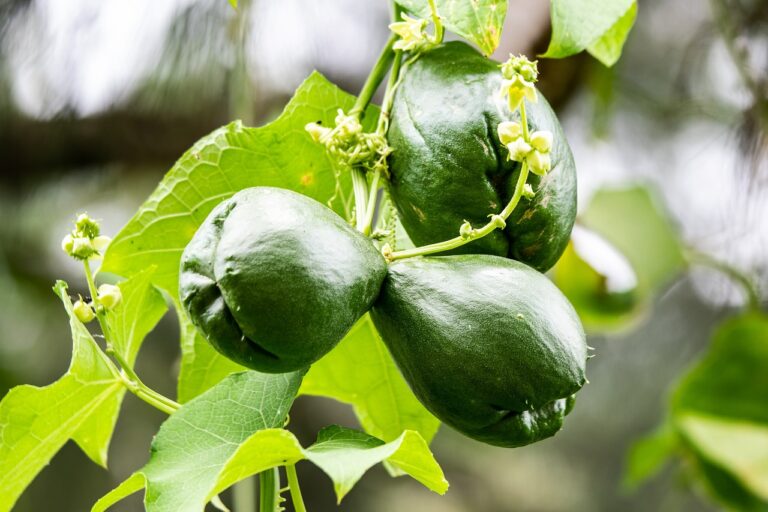Worldsfeed Tech Desk: Chayote, scientifically known as Sechium edule, is a unique and versatile vegetable that has been enjoyed in various cuisines around the world. With its mild flavor and crisp texture, chayote is often referred to as a vegetable pear, mirliton, choko, or chocho. This green, wrinkled, and pear-shaped vegetable has gained popularity for its culinary uses and nutritional benefits.
Appearance and Growth
Chayote typically features a pale green, wrinkled skin with a pear-like shape. Inside, you’ll find a firm, pale, and edible flesh. The vegetable has a single, large, flat, and edible seed in its center. Chayote plants are vigorous climbers, and the entire plant, including leaves, stems, and the vegetable itself, is edible. The plant’s vines are known for their rapid growth, and it’s not uncommon for chayote to sprawl across fences and trellises.
Culinary Uses
One of the most significant attributes of chayote is its versatility in the kitchen. The mild and slightly sweet flavor of chayote makes it suitable for both savory and sweet dishes. Here are some popular culinary uses:
- Raw in Salads: Chayote can be sliced or grated and added to salads, providing a refreshing and crunchy element.
- Stir-Fries: When cooked, chayote maintains its crisp texture, making it an excellent addition to stir-fries. It pairs well with other vegetables and protein sources.
- Soups and Stews: Chayote is often included in soups and stews, contributing both flavor and texture to the dish.
- Pickled: In some regions, chayote is pickled, adding a delightful tangy flavor to the vegetable.
- Stuffed: Chayote can be hollowed out and stuffed with various fillings, then baked until tender.
- Mashed: Chayote can be mashed like potatoes and seasoned with herbs and spices.
- Baked or Roasted: Chayote can be roasted or baked with olive oil and seasonings for a delightful side dish.
Nutritional Benefits
Chayote is not only prized for its taste and culinary adaptability but also for its nutritional value. It is a low-calorie vegetable and an excellent source of dietary fiber, making it a valuable addition to a balanced diet. Chayote is rich in essential nutrients such as:
- Vitamins: It provides vitamin C, vitamin B6, and folate, which play crucial roles in overall health.
- Minerals: Chayote contains important minerals like potassium and manganese.
- Antioxidants: It offers antioxidants that help combat oxidative stress in the body.
- Dietary Fiber: The fiber in chayote supports digestion and can help with weight management.
Growing Chayote
Chayote can be cultivated in many regions with warm climates. It thrives in well-drained soil and plenty of sunlight. Gardeners can plant chayote by placing a whole fruit directly into the soil. The vine will start to grow rapidly and produce chayote fruits.
Conclusion
Chayote is a versatile, nutrient-rich vegetable that has found its way into a variety of cuisines worldwide. Whether it’s used in salads, stir-fries, soups, or as a side dish, chayote’s mild flavor and crisp texture make it a favorite in many households. Not only does it offer a delightful culinary experience, but it also brings essential nutrients to the table, supporting overall health and well-being. So, if you’re looking for a unique and nutritious addition to your meals, consider incorporating chayote into your culinary repertoire.


0 Comments